Tech Disrupters: Clearing The Roadblocks To Selling Cloud In The Channel

Journey To The Cloud
There are some very good reasons that some channel partners aren’t fully embracing cloud technologies, according to executives at three vendors focused on the cloud that participated in CRN's Disrupters Roundtable at the recent XChange 2016 conference hosted by CRN parent The Channel Company. But it’s the job of vendors--at least, the ones that want the full benefits of a channel partnership--to help make it possible for partners to make the cloud transition, the executives said.
The three companies represented were Concerto Cloud Services, a provider of solutions for public, private and hybrid cloud initiatives that’s based in Tampa, Fla.; LogicMonitor, which offers a software-as-a-service performance monitoring platform and is based in Santa Barbara, Calif.; and Star2Star Communications, a provider of hybrid cloud communications solutions that’s headquartered in Sarasota, Fla.
Top executives from the three companies--Concerto President Steve Terp, LogicMonitor CEO Kevin McGibben and Star2Star President Gary Testa--spoke with CRN. What follows are their insights on the roadblocks they see for channel partners to sell cloud technologies and services--and how they’re addressing those challenges.
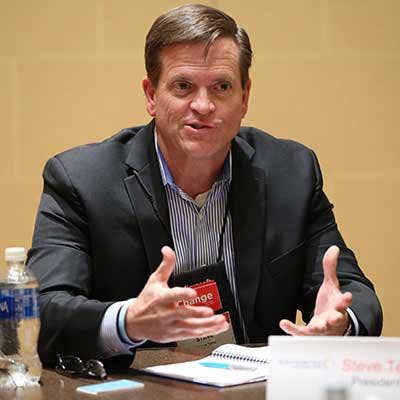
CRN: In cases where solution providers aren't successfully moving to the cloud, what’s holding them back?
Steve Terp, Concerto
The most striking example is some of their unwillingness to change [compensation] plans, and how they measure their salespeople and how they measure the rest of the leaders in organizations. We had a pretty good partner--good guys, good experience--[that] for the first nine months of their relationship, [only] a few deals trickled in. We finally got the chance to come spend some time with them, and help them with some really straight talk. And they switched some pay plans around for their salespeople, they changed a few goals for some of their leadership--and they did more deals in the next 90 days than they did in the nine months prior to that, because of these little tweaks that they made. In essence they decided this was a priority for their business.
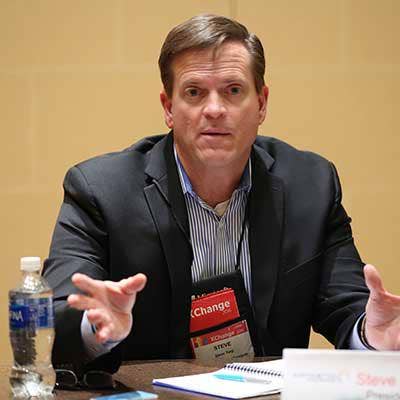
CRN: What was the tweak on the comp plan?
Steve Terp, Concerto
It was literally how they paid sales people. It was an afterthought for the salespeople, and then all of a sudden they realized wow, this recurring revenue is going to make us more valuable in the marketplace, it’s going to give us a better built base of business every time we go to the new year. Let’s start paying our sales reps like it’s as important as it is. A lot of [solution providers] have sales reps [that] have been around for a long time, and that’s good for the relationships--but it’s bad for sometimes people’s ability to make changes when new technology dictates they should.
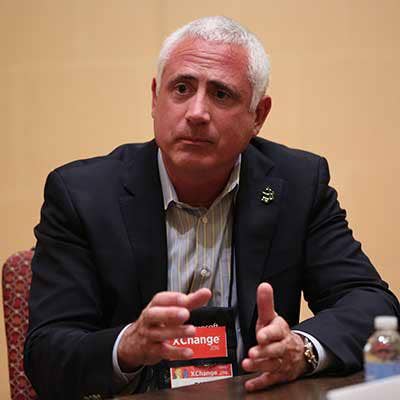
CRN: How well have most of your partners adapted to the recurring revenue model? Are most of them still struggling?
Gary Testa, Star2Star
It’s very difficult to change a business person’s approach to revenue, so what we’ve done is actually created what we call the slider in our quote tool. And what it allows people to do is move money from the re-occurring to the upfront, and we fund that. What we are really doing is showing a large opportunity for them to make re-occurring revenue. However for those who have business models they simply can’t sustain it--because they have bills to pay, and have salespeople to pay, or they are midway through a comp plan--that’s another thing that we see, you’ve got to be able to allow the partners, almost on a deal by deal basis, to move that slider back and forth. And it’s been really successful.
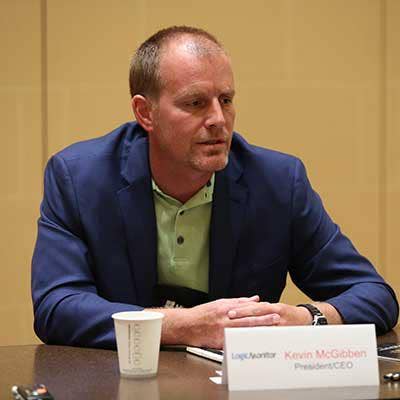
Kevin McGibben, LogicMonitor
Where we are seeing the best take up rate in terms of revenue impact for our service provider partners is where there has been a strategic shift in the way that those leadership teams go. Number one, when it comes to deploying a product like a LogicMonitor, which is overhauling some legacy technology that they are used to using, it does require top-level buy-in for that service provider to come on board.
We're seeing that when those strategic commitments are made--which involves things like including the LogicMonitor capability within their product set, within their services set, and thereby within their compensation plans as kind of a normal mode of business as usual--[that’s] where we see those … service providers with the best success. Because it becomes part of business as usual. Rather than something new--that say, a sales rep may not quite understand how it folds in--it has to become part of the usual product and service set. That’s a real key.

Steve Terp, Concerto
I think it’s a real mix. When there’s some kind of strategic inflection point, they jump on it, they move, they make decisions and were successful. When they don’t have a lot of impact to their business, they have trouble pulling the trigger and making the harder decision. So we just have to constantly educate them, show them the stories, examples of how other people are doing it. Quite frankly we have to qualify where we spend our time, some people aren't ever going to change.
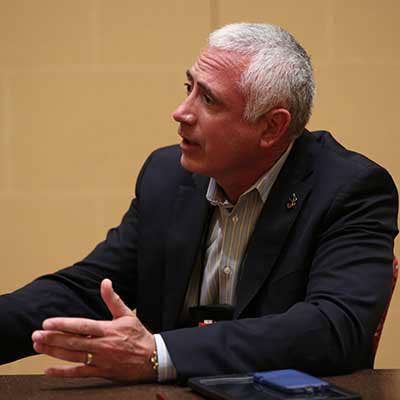
Gary Testa, Star2Star
In the old days, we sold a lot of hardware upfront, a lot of on-premise solutions, [and] got one big check. Of course then you had to wait five years for your next sale, so we had to go out and turn that crank somewhere else. In today’s model, going all-MRC [monthly recurring charge], is equally painful. I don’t know about you, but my contracts average about 60 months, and it’s a long time to wait. Particularly when you have hard assets, employees, you’re paying into retirement plans and things, those are expenses that don’t wait. They have to be funded upfront.